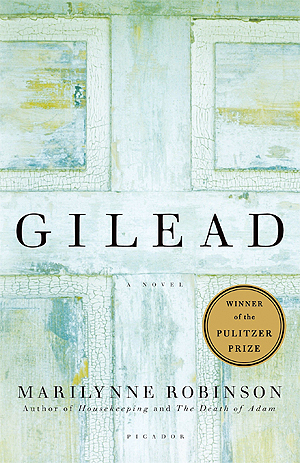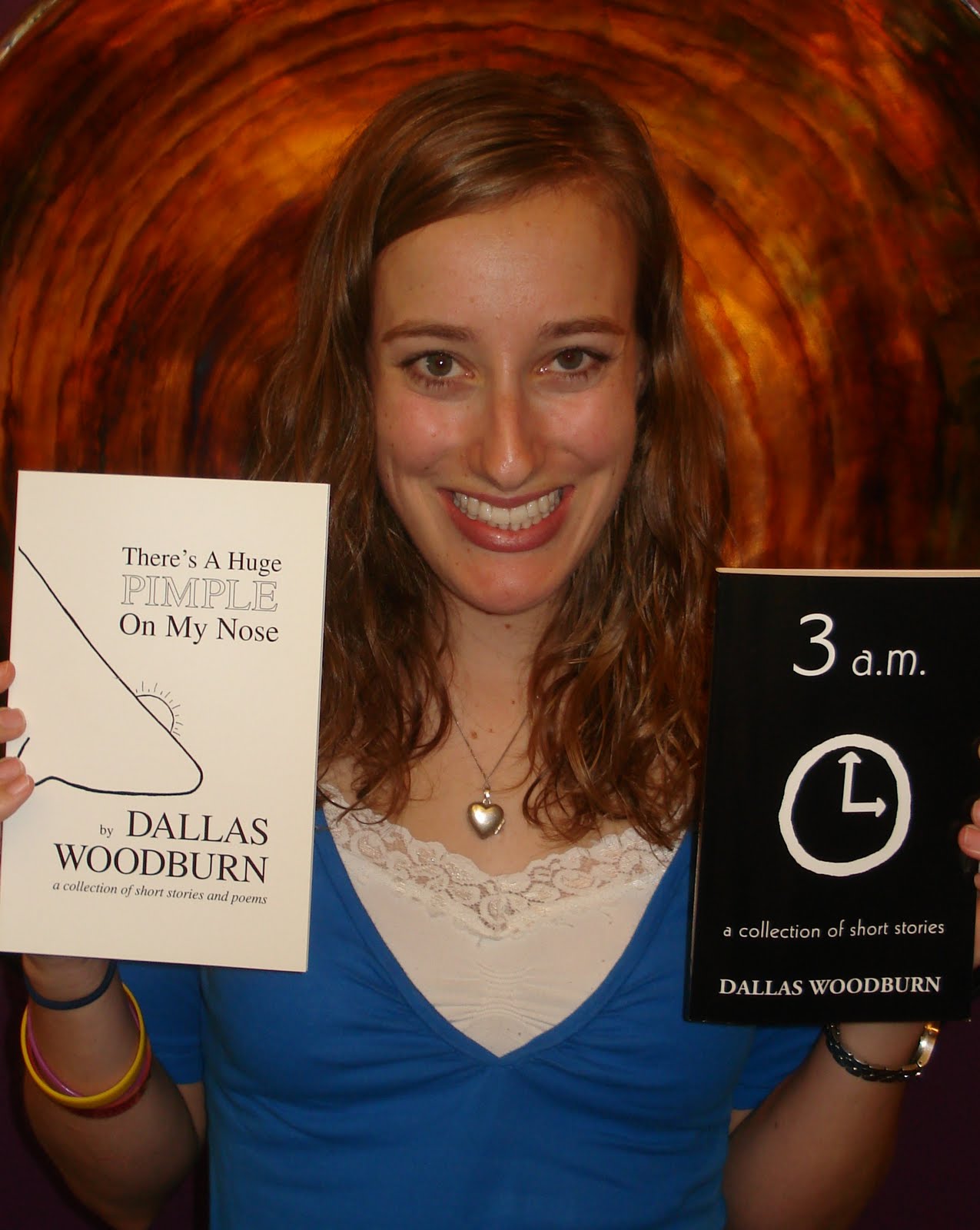In the introduction to the wonderfully insightful book Genership 1.0, David Castro writes, "The journey of self-discovery involves the possibility of transcendence. The effort to see ourselves changes us. Thomas Mann reminded us that '[n]o one remains quite what he was when he recognizes himself.' We are the sculptor; we are the stone. The strangely transformational search for true human nature belongs not only to myth-makers, poets and philosophers. We experience the quest for our identity as social beings. Through families, organizations, communities and nations, humanity writ large shares the pilgrimage toward the self. Religion, philosophy, art, science and history undertake the same fundamental inquiry: Who are we?"
I love this image of all of humanity in the quest together, asking the same foundational questions, reflecting ourselves in each other. For me, this calls to mind the act of reading: a form of connection, inspiration, newness, delight. I believe that reading itself is an act of creation. The reader brings the writers' words to life uniquely and individually. No two readers experience a book in exactly the same way. Readers create the experience of the book based on their frame of reference, mood, memories, and associations. Words on a page are not static -- they are a conversation between writer and reader.
Malcolm Bradbury observed, "A conventional good read is usually a bad read, a relaxing bath in what we know already. A truly good read is surely an act of innovative creation in which we, the readers, become conspirators." I would add that a truly great read takes what might be viewed as "conventional" and makes it feel innovative. Joseph Campbell famously suggested that only seven basic story plots exist, which we retell again and again; I believe truly great authors are able to retell "what we already know" in ways that are refreshing and newly enlightening.
I recently reread Marilynne Robinson’s luminous novel Gilead, in which she does precisely this. Robinson takes a plot we have all read before—an aged man on his deathbed recounting the experiences of his life—and turns it into a novel that is both profound and original. Further, I was struck by the seamlessness of the narrative voice. Robinson structures the novel as a letter written by Congregationalist minister John Ames to his young son, and after only a few pages I forgot I was reading a novel and began to believe that there really existed an old minister named John Ames, whose own words I was reading. Robinson expertly weaves together memories, insights, and day-to-day observations, capturing not only how John Ames thinks and speaks, but also how he expresses himself in a letter. Ames even addresses this uniqueness of voice in the early pages of the novel: "I don't write the way I speak. … I don't write the way I do for the pulpit either, insofar as I can help it. … I do try to write the way I think. But of course that all changes as soon as I put it into words" (28-29).
Above all, what impresses me about Gilead is how effortless Robinson makes the written word seem, the same way Fred Astaire made dancing appear simple, Monet made painting seem easy, and Roger Federer turns tennis into ballet. The writing and storytelling dovetail so flawlessly into one man’s stirring and lucid recollections of his life that it is easy to forget that John Ames is not a real man, but the creation of Marilynne Robinson. Furthermore, Ames’ words flow so elegantly that it is difficult to imagine that Robinson toiled over them for years. However, upon deeper consideration, this proves Nathaniel Hawthorne’s oft-quoted words: “Easy reading is damn hard writing.”
Perhaps the book I read this past year that has most influenced me as a writer is one I reread nearly every year: The Catcher in the Rye. Each time I read this novel, it strikes me as a slightly different book. The words on the page are the same, but I have changed and grown; the conversation feels new. I first read J.D. Salinger’s classic novel my junior year in high school. Rarely has another book touched me in such a raw, visceral way. I wanted to climb into the pages of the book and into Holden Caulfield’s life. I realized that it is possible for a character to draw in the reader and carry the entire story on his back.
People hold an endless source of intrigue and inspiration to me. One of my favorite activities is people-watching. I love to imagine lives for the people who pass by, wondering where they came from and where they are going; what they are thinking and who they love; what they worry about and what their futures hold. However, as a storyteller, I used to think that in order to produce something that will stick with a reader, I had to dream up a wholly new and original idea. I fretted over coming up with a labyrinthine plot unique to anything I had ever come across. The Catcher in the Rye opened my mind to a new definition of what "great writing" can be. I came to understand that what makes an idea unique is that it is filtered through my own life experiences and perspective. Rather than building compelling stories through intricate, convoluted plotlines, as a writer I am interested in exploring the intricacies, subtleties, and contradictions of the human psyche.
E. M. Forster wrote, "I suggest that the only books that influence us are those for which we are ready, and which have gone a little further down our particular path than we have gone ourselves." I am grateful to the numerous books and authors who have influenced me, and to those who will influence me in the future, for leading me down my particular path as an ever-growing, ever-changing creative writer -- and reader.
Subscribe to:
Post Comments (Atom)












No comments:
Post a Comment